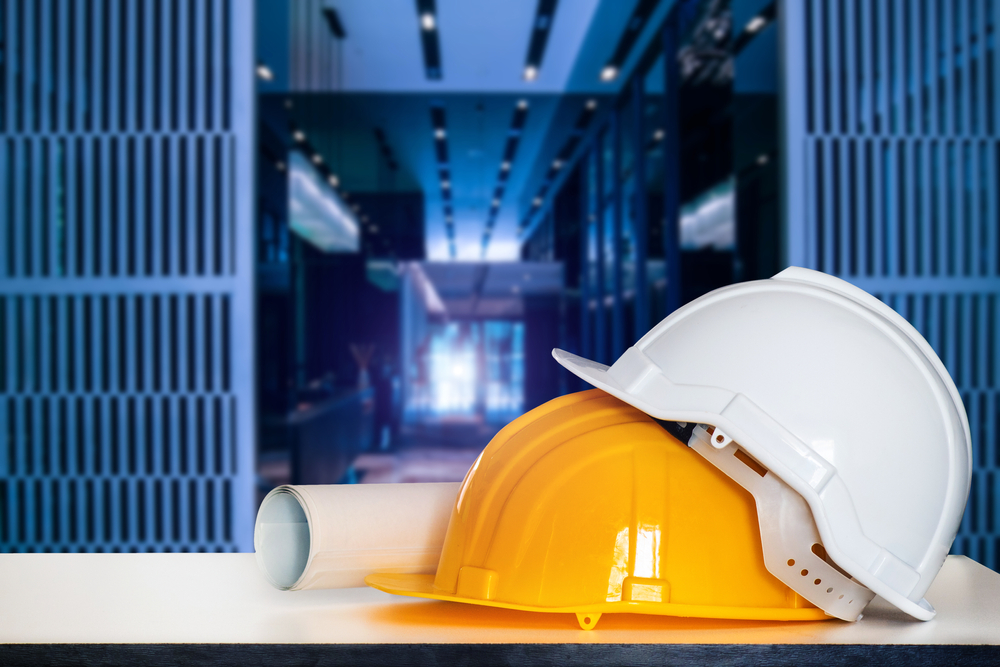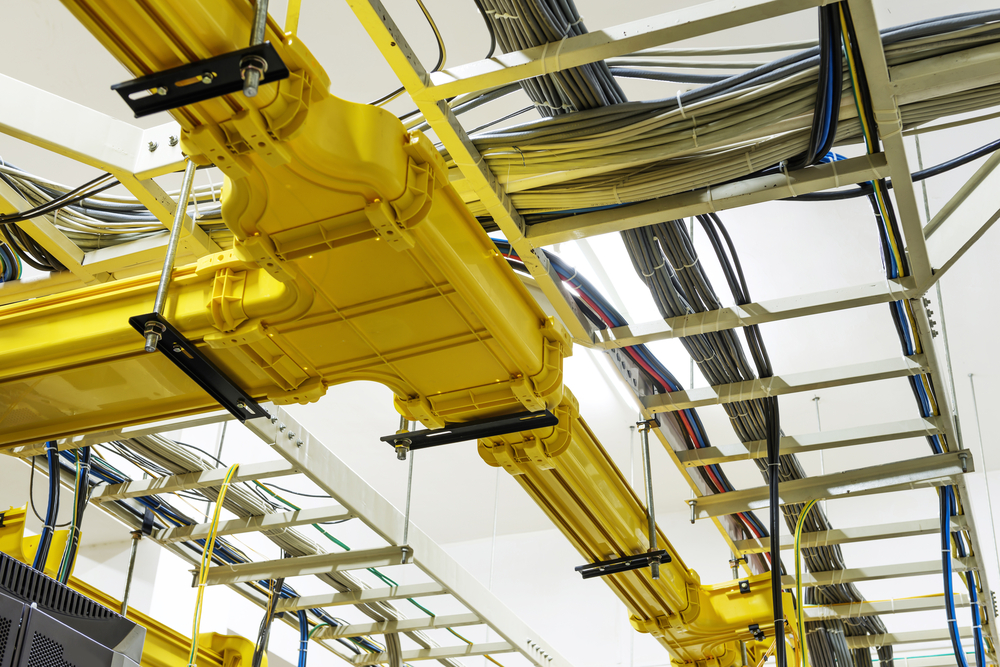Most major colocation facilities today are built with pressurized raised floor cooling systems. This type of air conditioning design is similar to those that have been in use supporting IT equipment for decades.
Over this period of time, IT loads have risen, requiring more air volume to be delivered to the space. In the early days of computing, access floor heights were around twelve inches or less. This was adequate for cooling system requirements. Today, the typical access floor is three feet in height. This allows for the delivery of enough cubic feet per minute (CFM) of air to remove between 150-200 watts per square foot (W/SF) of heat.
Around the year 2000, rack power density was roughly 2kW per cabinet. Today, average rack power densities have increased to 8kW per cabinet, and in selected cases, the power draw per rack is significantly higher. As rack power densities continue to grow, colocation facility providers must advance their designs to keep up.
Although a few colocation providers have opted to eliminate access floors altogether and provide air from either above or from the side, under floor air remains the preferred design for most multi-tenant colocation facilities.
Once installed, facility power and cooling systems tend to be somewhat inflexible. This makes it necessary to build to a power density that will satisfy the needs of the average tenant as opposed to the needs of the few with high-density requirements.
There are several options when it comes to accommodating above average power requirements:
- Implement a containment strategy
In order to properly address high loads, it’s important to minimize the mixing of cool supply air and warm server exhaust. This approach is less expensive than other methods, and can maximize the efficiency and performance of cooling systems. Hot-aisle or cold-aisle containment has become common practice in many colocation sites, though not all. - Allocate adequate space and cooling capacity for the power load
Another option involves allocating additional floor space to meet the cooling requirements of the customer. When this approach is used, a colo provider may dedicate a certain amount of unusable footprint inside the data center, in addition to that which is occupied by the IT equipment, just to ensure that the tenant has an adequate supply of power and cooling capacity. - Install a more focused, supplemental cooling system
Sometimes, the heat load is simply too high to be removed from the space by increasing the CFM of air. This occurs often in high performance computing platforms where the IT hardware is clustered in a small area to minimize latency. In cases like this, the volume of available supply air is simply not sufficient to remove the heat produced, therefore, a secondary cooling system must be layered on top of the base building system. Examples include rear door heat exchangers, inrow cooling units, overhead cooling systems, inrack cooling systems, direct fluid cooling to the hardware chipset, and immersion cooling.
One day, we will likely see a greater degree of power density diversification in colocation facility designs. Today, however, the major colo providers are able to satisfy the needs of all but a very small percentage of users. Extreme density systems are more often placed in specialized on-premise environments.










